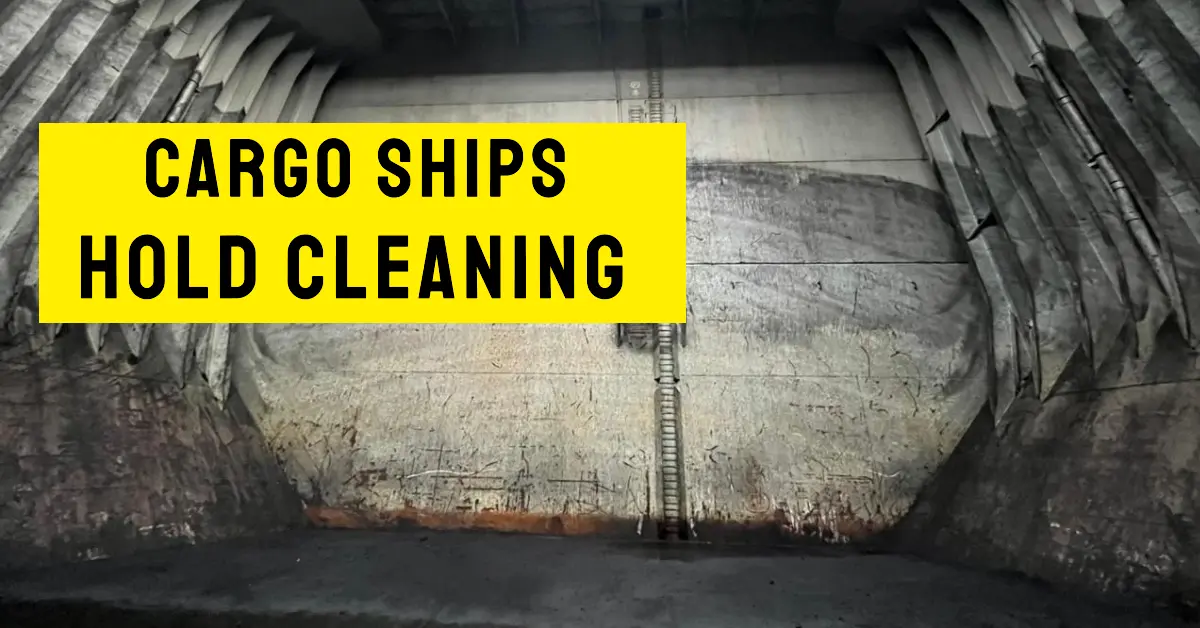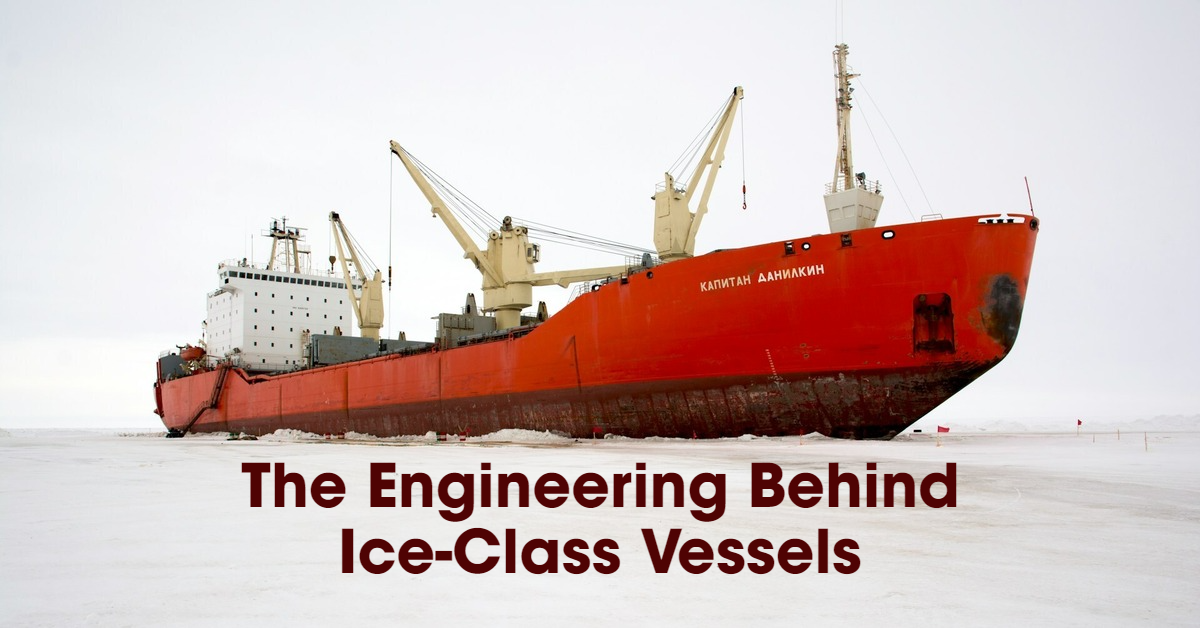Dredging is the process of removing sediments, debris, and other material from the bottoms of water bodies such as lakes, rivers, harbors, and seas. This procedure is essential for maintaining waterway navigability, aiding in coastal protection, and supporting land reclamation and coastal redevelopment projects.
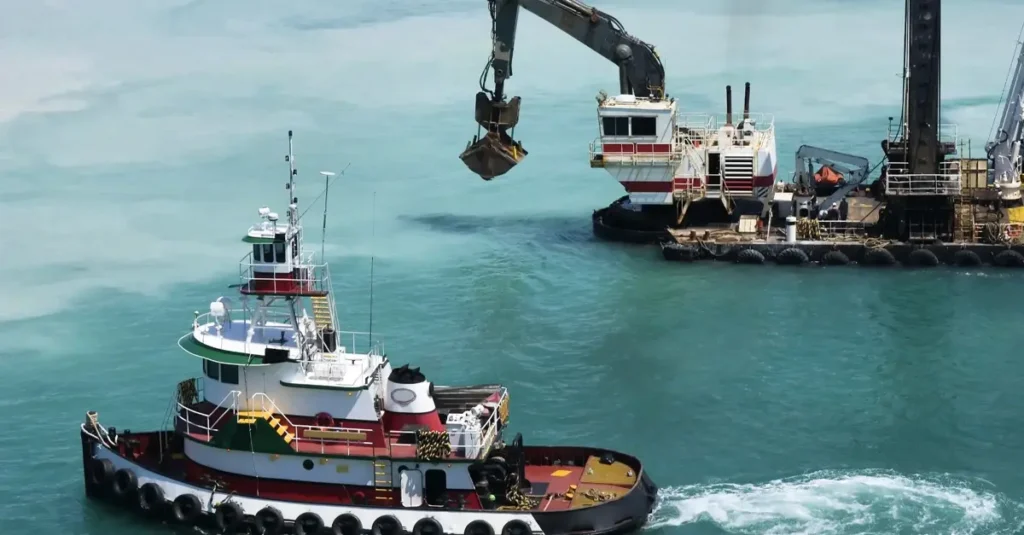
Key points of dredging include:
Sediment Removal: It targets the natural build-up of sand, silt, and other sediments which can otherwise fill channels and disrupt maritime activity.
Debris Clearance: Aside from natural sediments, dredging is also used to clear man-made debris including rocks, construction materials, and refuse.
Waterway Maintenance: By excavating and removing underwater materials, channels, and harbors remain safe for navigation and transport.
Equipment Used: Dredging operations are carried out using specialized equipment, specifically dredges. These devices can scoop, suction, and remove underwater sediments efficiently.
The process of dredging involves the careful extraction of the targeted material and, in some cases, the subsequent transportation of these materials to a different location. Dredging is not only a part of routine waterway maintenance but also plays a vital role in environmental management, flood prevention, and marine resource extraction. The types of dredges used can vary greatly, from simple, manually operated tools to sophisticated, automated systems.
Overall, dredging is a controlled and systematic process that supports waterborne commerce, protects shorelines, and enhances the built environment’s interaction with waterways.
Purpose of Dredging
Dredging serves critical functions ranging from enabling maritime navigation to ecological restoration. Each purpose utilizes specific techniques and equipment tailored to achieve different outcomes.
Dredging is crucial in guaranteeing the navigability of waterways and ports for marine transportation. Its purpose is to eliminate sedimentation and debris, thereby preserving or enhancing the water channels’ depth.
This is necessary to accommodate vessels of different sizes with specific draft requirements. With the advent of modern shipping, which includes ultra-large crude oil tankers and the growing capacity of container ships, there is a growing need for deeper channels to ensure the safe passage of ever-increasingly larger ships.
- Key Navigation Points:
- Maintenance of water channel depths
- Accommodation for larger vessel requirements
Reclamation
Land reclamation projects use dredging to gather sediments from the bottom of water bodies with the goal of creating new land or restoring eroded coastlines. The dredged material is often used to fill in areas for developments, which can range from agricultural uses to urban expansion.
- Key Reclamation Points:
- Creation of new land from water bodies
- Coastal restoration to combat land erosion
Resource Extraction
Dredging is employed in the extraction of underwater minerals and resources, including sand, gravel, and certain types of ore. This method is often used where underwater mining is the most practical way to obtain resources.
- Key Resource Extraction Points:
- Underwater mining of sand, gravel, and ore
- Resource gathering through dredging technology
Environmental Remediation
In environmental remediation, dredging is a method used to remove pollutants from seabeds and riverbeds. The removal of contaminated sediments is aimed at improving water quality and minimizing risks to human health and marine ecosystems.
- Key Environmental Remediation Points:
- Removal of pollutants from waterbeds
- Improvement of water quality and ecosystem health
Dredging Techniques
Various techniques are available for dredging, each suitable for different conditions and purposes. These methods are categorized mainly into mechanical, hydraulic, and hybrid dredging, with each employing distinct equipment and processes.
Mechanical Dredging
Mechanical dredging involves the use of heavy machinery to physically remove sediment and debris from water bodies. Common equipment used in mechanical dredging includes:
- Clamshell Dredges: These feature a bucket system to scoop sediment from the waterbed.
- Backhoes: These are hydraulic excavators with a digging bucket attached to the end of a two-part articulated arm.
- Bucket Ladder Dredges: This equipment has a series of buckets mounted on a wheel or ladder to scoop material.
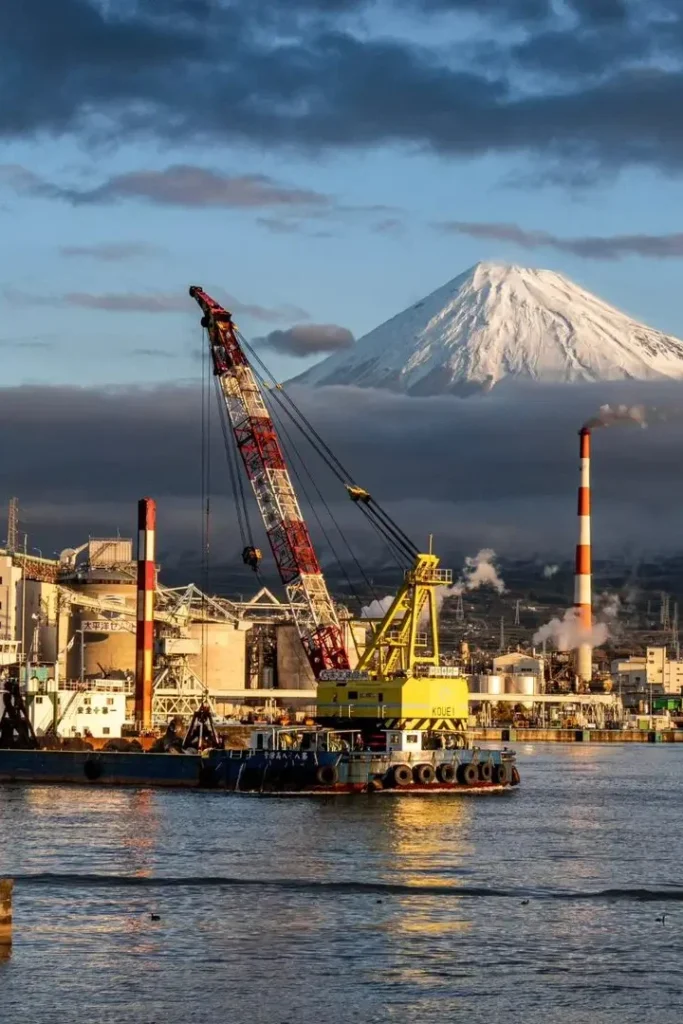
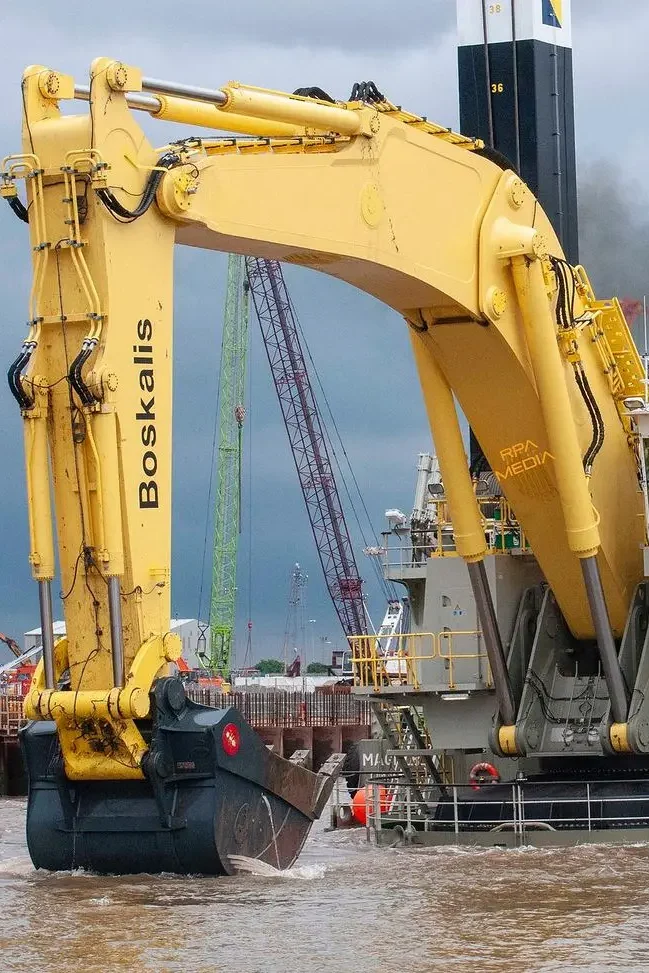
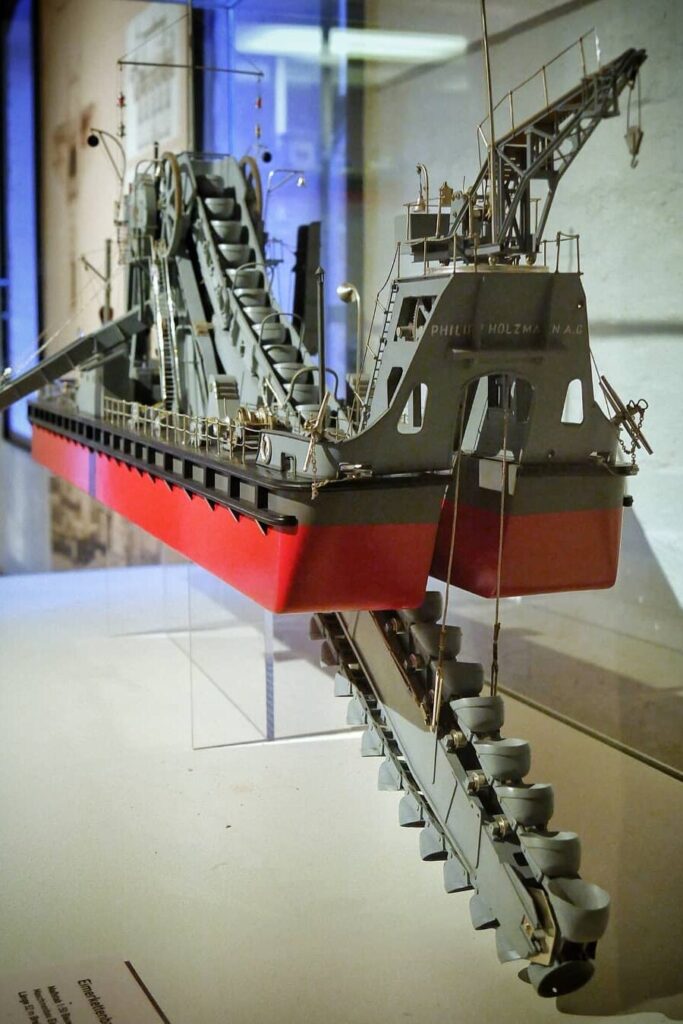
Mechanical dredging is effective for the precise removal of materials, often used for debulking or construction purposes, and allows for controlled disposal of the dredged material.
Hydraulic Dredging
Hydraulic dredging uses suction to remove sediments, transporting them in the form of slurry through pipelines. This technique includes the following methods:
- Cutter Suction Dredges: These use a rotating cutter head to dislodge sediment and a suction mouth to transport it.
- Trailing Suction Hopper Dredges: These vessels incorporate drag heads to collect material as they move, storing it in onboard hoppers.
Hydraulic dredging is generally more efficient for large-scale operations and can continuously transport sediment over long distances.
Hybrid Dredging
Hybrid dredging incorporates elements from both mechanical and hydraulic methods to optimize sediment removal. This technique may include:
- Water Injection Dredging: It loosens sediment with pressurized water, allowing natural currents to carry material away.
- Environmental Dredging: This employs precise technology for minimal environmental impact, often combining mechanical removal and hydraulic transport.
Hybrid dredging strategies are tailored to specific project requirements, considering factors like environmental sensitivity, efficiency, and cost.
Dredging Equipment
Dredging relies on specialized equipment to efficiently remove sediment and maintain waterways. The two main categories of this equipment are dredgers, which are directly involved in sediment removal, and support equipment that assists the dredging process and manages the extracted materials.
Dredgers
Dredgers are the primary tools in any dredging operation. Here are the two common types:
Suction dredgers: These vessels use powerful pumps to create a vacuum, effectively sucking up sediment like silt, sand, and debris from the waterbed. Cutter suction dredgers, a subtype, are equipped with a cutting mechanism to dislodge compacted material.
Mechanical dredgers: These include a range of equipment that physically scoop or grab sediment. Examples include backhoe dredgers, which use an excavator-like arm, and clamshell dredgers that scoop material with a bucket system.
Support Equipment
Support equipment enhances the efficiency and safety of dredging operations. Key components include:
Tugboats: Assist in the positioning and movement of dredgers, especially in confined or challenging waters.
Barges: Transport the dredged material from the site to disposal or processing locations.
Spuds and anchors: These tools help to stabilize dredgers during operations, ensuring precision and control.
Leading Global Dredging Companies
The largest dredging companies in the world are known for their capabilities in deepening waterways, reclaiming land, and protecting shorelines. They play a crucial role in facilitating global maritime trade and in the development of infrastructure critical to coastal regions.
The following companies are among the largest and most influential in the dredging sector globally:
- China Communications Construction Company (CCCC): This company, particularly through its subsidiary China Harbour Engineering Company (CHEC) and CCCC Dredging (Group) Company Limited, is one of the largest in terms of capacity and global reach. CCCC is involved in numerous large-scale dredging projects around the world.
- Van Oord: Based in the Netherlands, Van Oord is a leading international contractor specializing in dredging, marine engineering, and offshore projects (oil, gas, and wind). It has a long history and has been involved in major projects worldwide.
- Boskalis Westminster: Also from the Netherlands, Royal Boskalis Westminster N.V. is a global services provider operating in the dredging, maritime infrastructure, and maritime services sectors. They have worked on notable projects such as the expansion of the Suez Canal.
- DEME Group: Based in Belgium, DEME is another top dredging company with a focus on dredging and land reclamation, environmental and offshore projects, including wind farm installation. DEME has a reputation for innovation and working on complex international projects.
- Jan De Nul Group: A family-owned company from Belgium, Jan De Nul focuses on dredging and land reclamation, offshore services, and environmental remediation. Known for owning one of the most modern and versatile fleets in the industry, they participate in projects across the globe.
- Great Lakes Dredge & Dock Corporation (GLDD): The largest provider of dredging services in the United States, GLDD has a significant presence in the domestic market and occasionally undertakes projects overseas. They are involved in coastal restoration, maintenance dredging, and deepening of waterways.
These companies are recognized for their technological advancements, extensive fleets, and participation in significant projects that have substantial impacts on global trade, coastal protection, and infrastructure development. The industry is highly competitive and constantly evolving, with these companies often leading in terms of innovation and scale of operations.
Environmental Impacts of Dredging
Dredging activities, while essential for navigational and remediation purposes, can lead to significant environmental changes. The three main areas of impact are ecosystem disruption, pollution and contamination, and sediment displacement.
Ecosystem Disruption
Dredging can cause ecosystem disruption by altering habitats and food sources. For instance, the increase in water turbidity during dredging can reduce light penetration, affecting photosynthesis in aquatic plants. Additionally, dredging operations can destroy benthic habitats—home to organisms such as worms, clams, and other invertebrates—leading to a decrease in biodiversity.
Pollution and Contamination
Pollution and contamination from dredging arise when sediments, which often contain toxins built up over time, are disturbed and released into the water column. Contaminants such as heavy metals, PCBs, and pesticides can become bioavailable and enter the food chain, potentially affecting fish, wildlife, and human populations.
Sediment Displacement
The displacement of sediments during dredging operations can lead to changes in the physical layout of the water body. This sediment displacement can alter water flow and affect erosion patterns downstream, sometimes resulting in increased flooding or exposure of new areas to wave action and potential habitat loss.
Regulations and Management
Dredging activities are subject to a comprehensive framework of regulations and management practices. These ensure environmental protection, navigational safety, and the responsible disposal of dredged materials.
Laws and Guidelines
Several laws and guidelines govern dredging operations. Section 404 of the Clean Water Act is a pivotal regulation, mandating permits for the discharge of dredged or fill material into the waters of the United States. The U.S. Environmental Protection Agency (EPA) and the U.S. Army Corps of Engineers play key roles in the enforcement of these regulations, focusing on maintaining water quality and protecting aquatic ecosystems.
Monitoring and Assessment
Regular monitoring and assessment are crucial to ensure compliance with environmental regulations. They involve:
- Environmental monitoring before, during, and after dredging to identify potential impacts.
- Assessment of sediment quality to determine its suitability for relocation or disposal.
Agencies such as the Mine Safety and Health Administration (MSHA) oversee monitoring operations to safeguard human and environmental health.
Impact Mitigation Strategies
Effective impact mitigation strategies are implemented to minimize the adverse effects of dredging. These strategies include:
- Use of containment technologies to prevent sediment dispersion.
- Selection of appropriate disposal sites to ensure that dredged material does not harm aquatic habitats.
- Adoption of best management practices to reduce environmental footprint, such as using less invasive dredging techniques and timing operations to protect sensitive species.
These measures collectively support a sustainable approach to dredging, balancing development needs with environmental protection.
- Comprehensive Guide to Hold Cleaning for Cargo Ships: Ensuring Maritime Safety and Efficiency – October 19, 2024
- Responsibilities of a Fourth Engineer on Cargo Ships – September 10, 2024
- The Role of Cargo Ships in Global Trade – August 22, 2024



